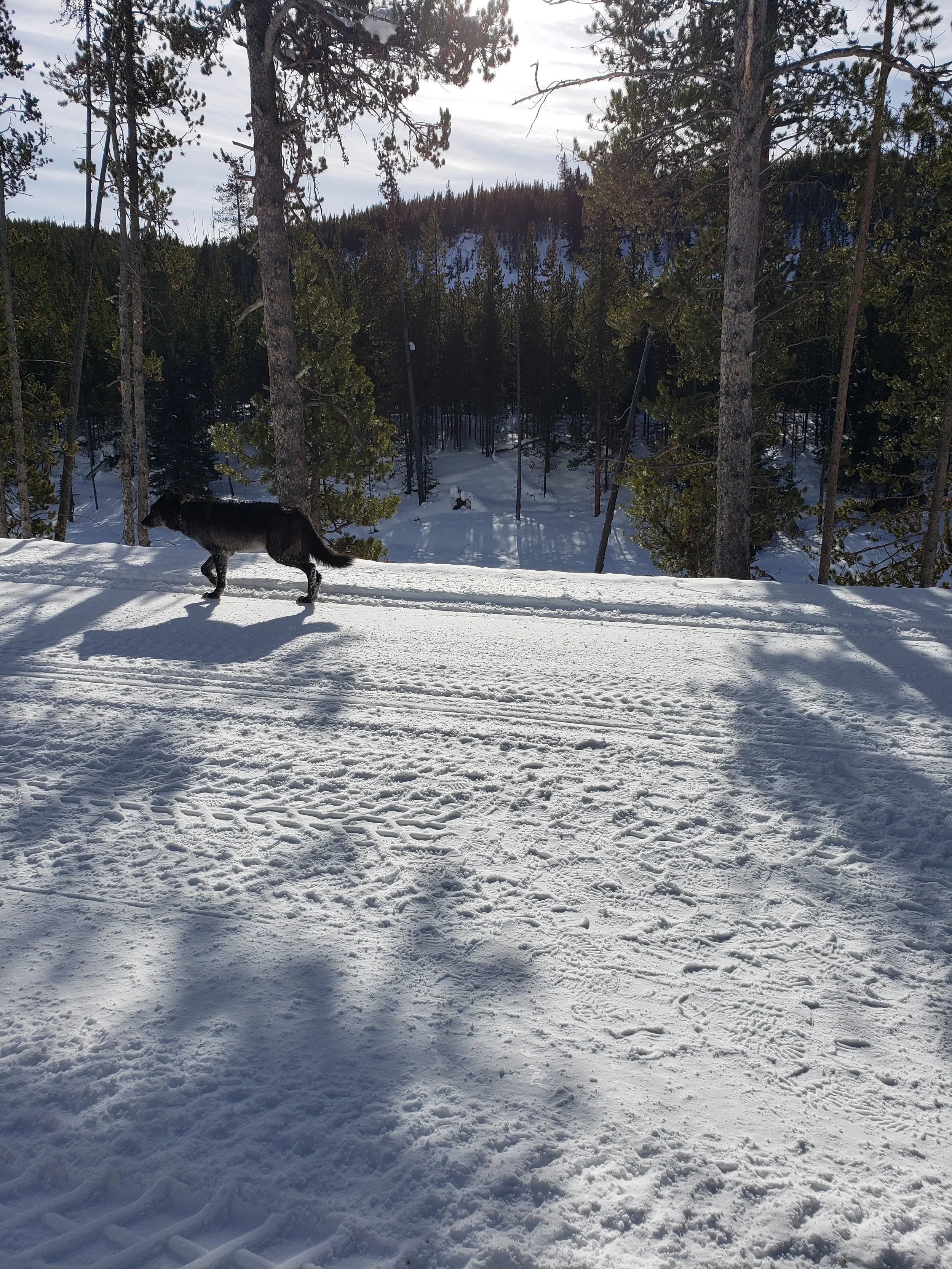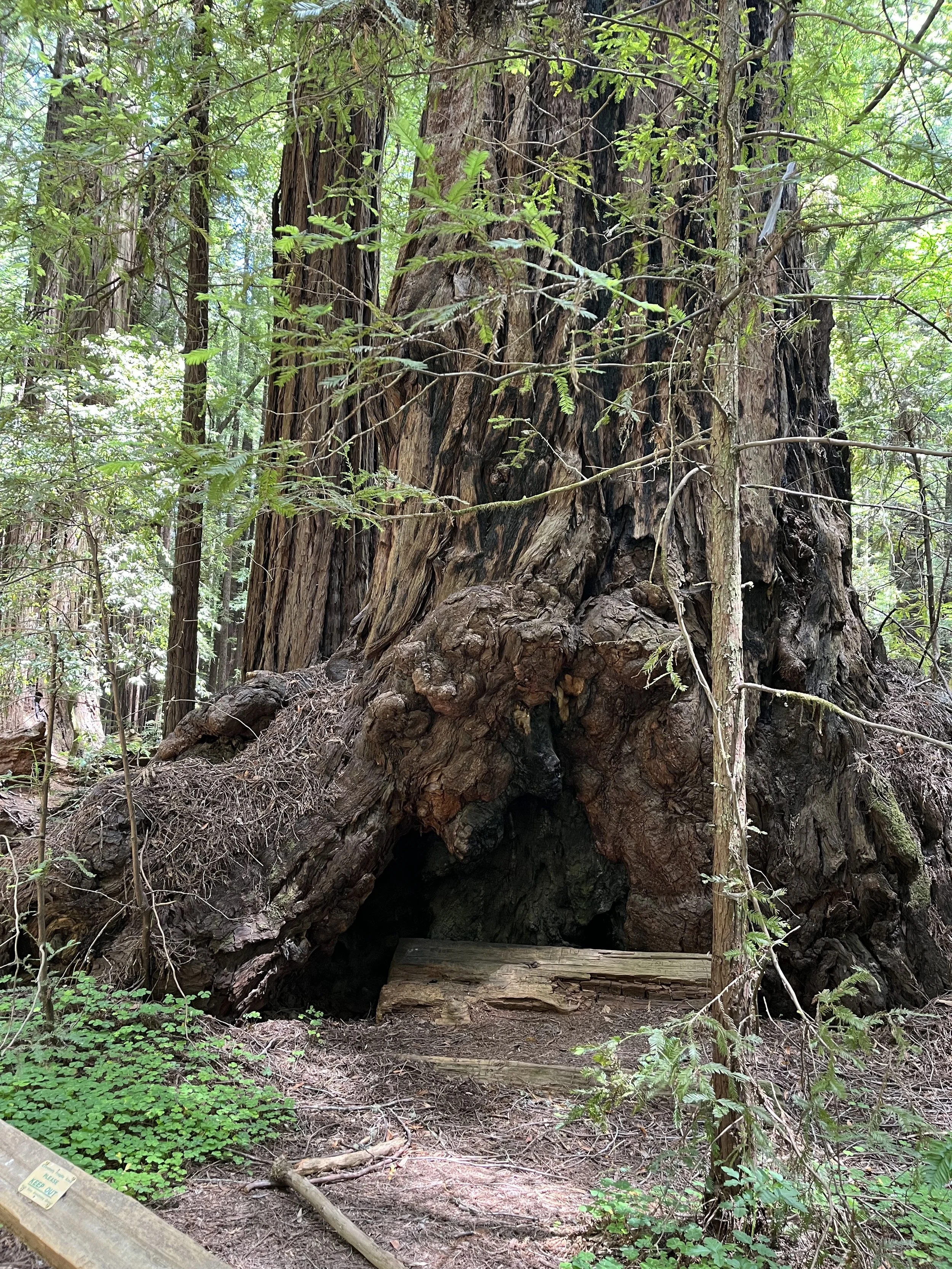3 Reasons Bears' Wasteful Eating Habits Are Beneficial to Our Forest
Did you know that bears tend to only eat the fattiest parts of the fish they catch?
When I first discovered this, I thought it was a shame. How wasteful!
However, as with most natural processes, there is always a benefit to the way actions play out.
Here’s why bears’ “wasteful” eating habits are actually beneficial
The Circle of Life
If you’ve seen Disney’s The Lion King, you’ve likely hummed the tun “The Circle of Life.”
I’d like to think that a large portion of the Hans Zimmer song was inspired by the relationship between salmon and trees.
If we think of their relationship as cyclical, we can see how the two work together to create a flywheel of life.
Let’s start at the “top” of the circle
How trees protect salmon
Without trees, salmon would be unable to spawn and mature. The shade of fallen branches keeps salmon eggs cool. Fallen leaves, needles, and branches also bring with them insects. Not only that, but aquatic insects are also drawn to nature’s debris. And what do you think young salmon eat? You guessed it: insects!
Fallen trees also help to slow strong currents, stave off erosion, and create shelter for salmon. Yeah, they’re doing the most. If this side of the relationship is interesting, I suggest taking a look at “The Connection Between Forests and Salmon Populations” by Grace Hunter or this Tik Tok.
How salmon benefit trees
Salmon, in turn, provide rich nutrient matter to trees (and other plants and animals) that is crucial for growth and survival. Nitrogen, phosphorus, proteins, and fats—integral to photosynthesis, growth, and reproduction in plants—are provided by these fish. Through the distribution of these nutrients, forests see increased growth rates in plants as well as a healthier population of certain animals (more on this in point 3!).
2. We’ve got it backwards!
As pointed out in “The Fish and the Forest” by Scott M. Gende and Thomas P. Quinn for the Scientific American, we originally thought that these nutrients flowed downstream and came in from forest materials, like leaves and invertebrates. However, it seems the opposite is true!
Swimming against the current from the ocean into the forest via freshwater streams, salmon carry these nutrients as they migrate to their spawning grounds.
That’s right - for anyone who’s ever been told to “stay in your lane” or “don’t go against the current,” you may want to channel your inner salmon and swim upstream. Who knows what nutrients you might provide to whatever you find up there!
3. One Bear’s Trash is An Eagle’s Treasure
Now to answer that age-old question: What do bears have to do with it?
While many of us humans focus on slimming down for warmer summer months, bears do the opposite. Prior to winter, they try to fatten up! After all, they won’t be eating or drinking (and may birth little cubs), so the fattier, and more nutrient-enriched they are, the better!
Many of us already knew about hibernation and the bulking required to last through those cold winter months. What I was surprised to learn is that this need for high-fat, nutrient-dense meals makes bears rather picky eaters. A lot of the salmon they catch end up discarded.
Here’s what I mean: In an attempt to avoid other bears while they eat (I don’t like people watching me while I eat either), these large mammals catch salmon in the streams and then carry them into the forest to consume them. There, they tend to focus on the fattiest, most nourishing fish (or parts of the fish), leaving the remains behind.
WASTEFUL!
Okay, hold that thought. This may seem wasteful to anyone who was ever told “there are starving children in [whichever country parents could think of]” and was forced to eat every morsel of food on their plates.
But the truth is, this wasteful habit is incredibly helpful for the surrounding trees, plants, insects, and animals. From insects to voles to eagles, the rest of the woodland population benefits from the fish being left on the forest floor. The nutrients from these fish make it further into the forest and help to keep the entire ecosystem healthy and thriving!
Want to learn more? The process by which nutrients from the fish are both distributed in the forest as well as how this came to be measured is shared in much greater detail in Galvin’s “The Last Great Sea”. It’s also covered in this article for the Scientific American entitled “The Fish and the Forest” by Scott M. Gende and Thomas P. Quinn.







